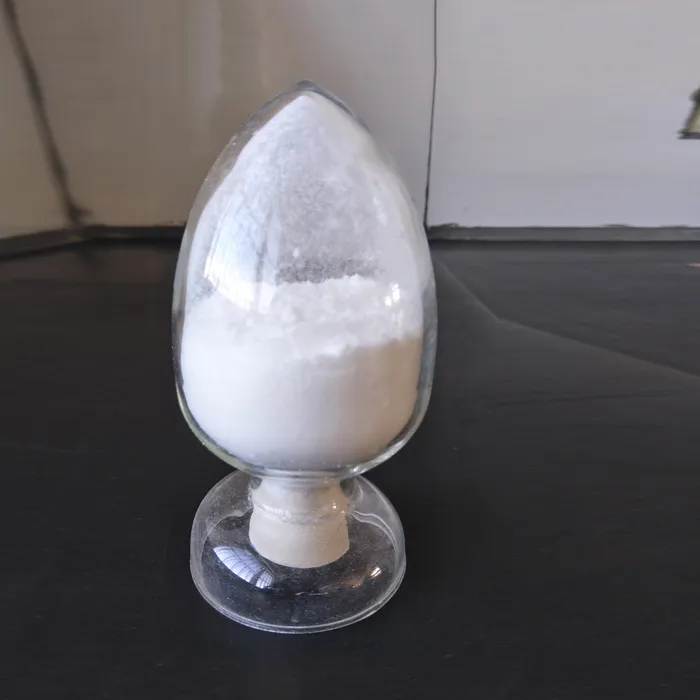The Role of Wastewater Treatment Chemicals in Environmental Protection
As urbanization and industrial activities continue to expand, the importance of effective wastewater treatment has become increasingly critical. Wastewater, generated from various sources such as households, industries, and agricultural practices, poses significant risks to both human health and the environment if not adequately treated. This is where wastewater treatment chemicals play an essential role, functioning as indispensable tools to ensure the safe and sustainable management of water resources.
Understanding Wastewater Treatment Chemicals
Wastewater treatment chemicals can be broadly categorized into coagulants, flocculants, disinfectants, and pH adjusters, among others. Each type serves a specific purpose in the treatment process
1. Coagulants and Flocculants These chemicals help in the aggregation of suspended particles in the wastewater. Coagulants, such as aluminum sulfate and ferric chloride, neutralize the charges on particles, allowing them to clump together. Flocculants, on the other hand, further aid in forming larger aggregates called flocs, which can then be easily removed from the water through sedimentation or filtration.
2. Disinfectants To eliminate pathogens and harmful microorganisms, disinfectants such as chlorine, ozone, and ultraviolet (UV) light are employed. The choice of disinfectant depends on the specific requirements of the treatment facility, including the desired effluent quality and regulatory standards.
3. pH Adjusters Maintaining the appropriate pH level is crucial for the effectiveness of numerous treatment processes. Chemicals such as sodium hydroxide or sulfuric acid are used to adjust the pH levels to optimize coagulation and disinfection.
Environmental Impacts and Benefits
waste water treatment chemicals

The use of wastewater treatment chemicals significantly contributes to reducing the environmental footprint of wastewater discharge. By effectively removing contaminants, they help in preventing pollution of rivers, lakes, and oceans, thus protecting aquatic ecosystems and biodiversity. Treated effluent can often be reused for agricultural irrigation, industrial processes, or even as potable water in advanced treatment facilities, thereby promoting water conservation in water-scarce regions.
Moreover, the application of these chemicals enhances the overall efficiency of treatment processes, leading to higher quality effluents that meet or exceed regulatory standards. This not only safeguards public health by reducing the risk of waterborne diseases but also ensures compliance with environmental regulations, which is crucial for industries and municipalities alike.
Challenges and Innovations
Despite their benefits, the use of wastewater treatment chemicals is not without challenges. The potential for chemical residuals to impact receiving waters, the risk of developing antimicrobial resistance from overuse of disinfectants, and the cost implications for treatment facilities are areas of concern. Additionally, the growing awareness of environmental sustainability has prompted a shift towards greener alternatives, such as natural coagulants derived from plant materials and innovative technologies that reduce chemical dosages.
Research into advanced oxidation processes and membrane bioreactors shows promise in minimizing chemical reliance while enhancing the treatment efficiency. The move towards integrating these technologies into traditional treatment systems represents a significant step towards a more sustainable approach to wastewater management.
Conclusion
In summary, wastewater treatment chemicals are vital in addressing the challenges posed by wastewater pollution. They empower treatment facilities to produce safe and clean water while safeguarding the environment and public health. However, ongoing research and innovation are essential to minimize their environmental impact and promote sustainable practices in wastewater treatment. As we strive for a balance between industrial progress and environmental stewardship, the role of these chemicals will remain critical in our quest for sustainable water management solutions.

